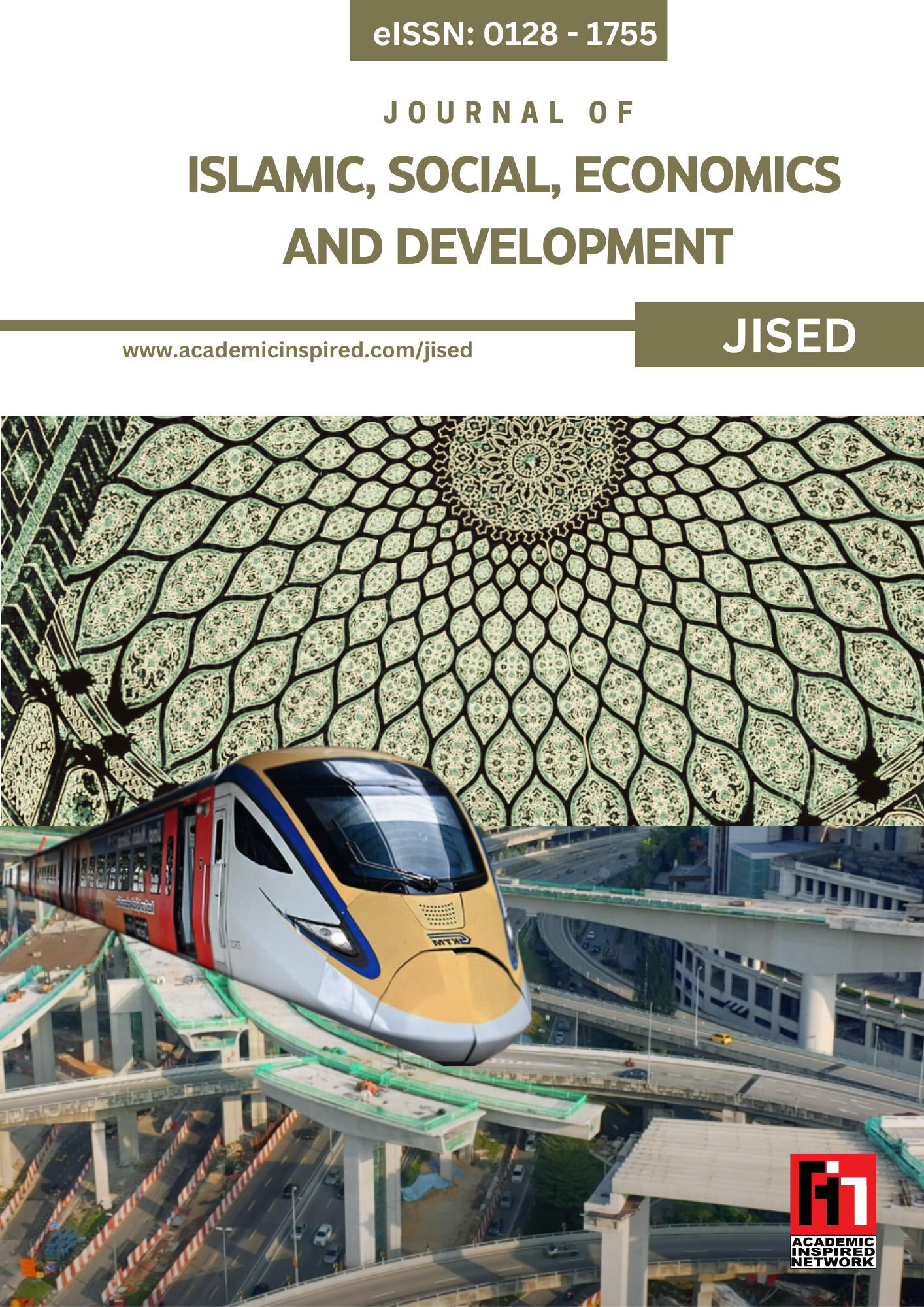Exploring socio-affective strategies utilised by ESL learners to enhance communication skills in speaking classes
Keywords:
Socio-affective strategies, speaking motivation, speech fluency, ESL speaking, ESL tertiary levelAbstract
Socio-affective strategies (SAS) are a part of second language learning in terms of addressing learners’ emotional resilience, social support, and motivation, which are all crucial for oral communication. While earlier studies in ESL environments have traditionally examined cognitive and metacognitive strategies, minimal research has focused on SAS, particularly in speaking-specific environments where anxiety and low confidence are likely to hinder fluency. This study bridges this gap by examining socio-affective strategies employed by ESL undergraduates at Universiti Teknologi MARA (UiTM) Dungun in enhancing their communication skills during formal speaking classes. Quantitatively oriented, the study surveyed 65 oral presentation class students via an online questionnaire based on Oxford’s (1990) language learning strategy taxonomy. Descriptive statistics identified the most and least frequently used strategies for speaking motivation and fluency. Results show that students employed self-encouragement, emotional awareness, and lecturer feedback most to manage speaking anxiety, while activities such as keeping an English-speaking diary were least used. When it comes to speech fluency, applauding peers, self-evaluation, and using electronic resources (e.g., online videos) were the most used strategies, while systematic peer practice and planned group discussion were less used. These results refer to students’ preference for active, socially interactive, and performance-based methods compared to reflective ones. The study contributes to ESL pedagogy by summoning culturally responsive interventions that balance active peer interaction, guided reflection, and technology affordances. Theoretically it reiterates SAS as the foundation of both motivation and fluency, expanding Oxford’s model in the Malaysian tertiary ESL context.













